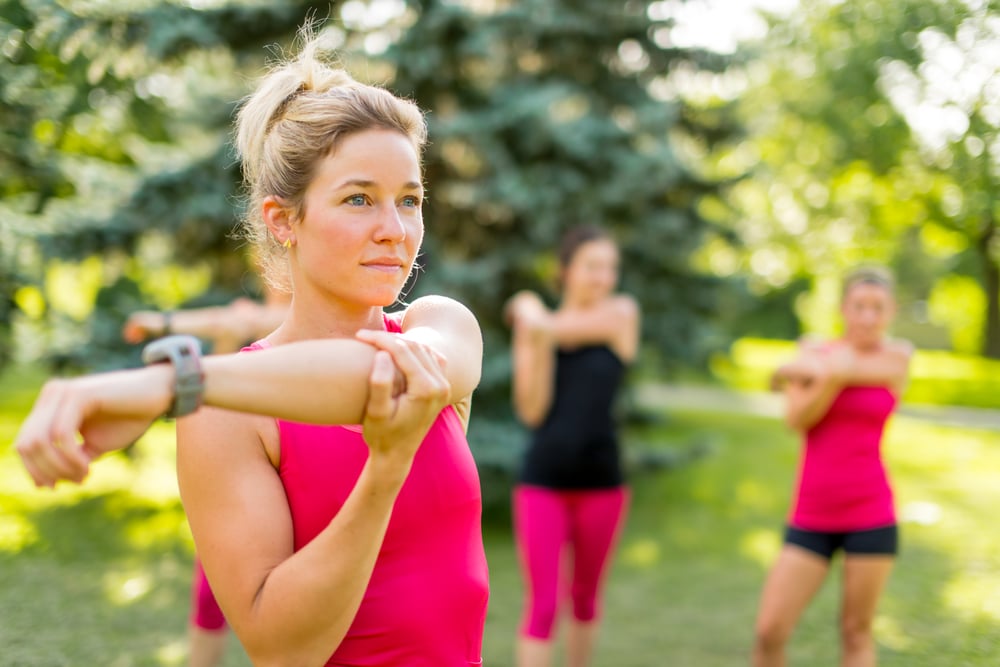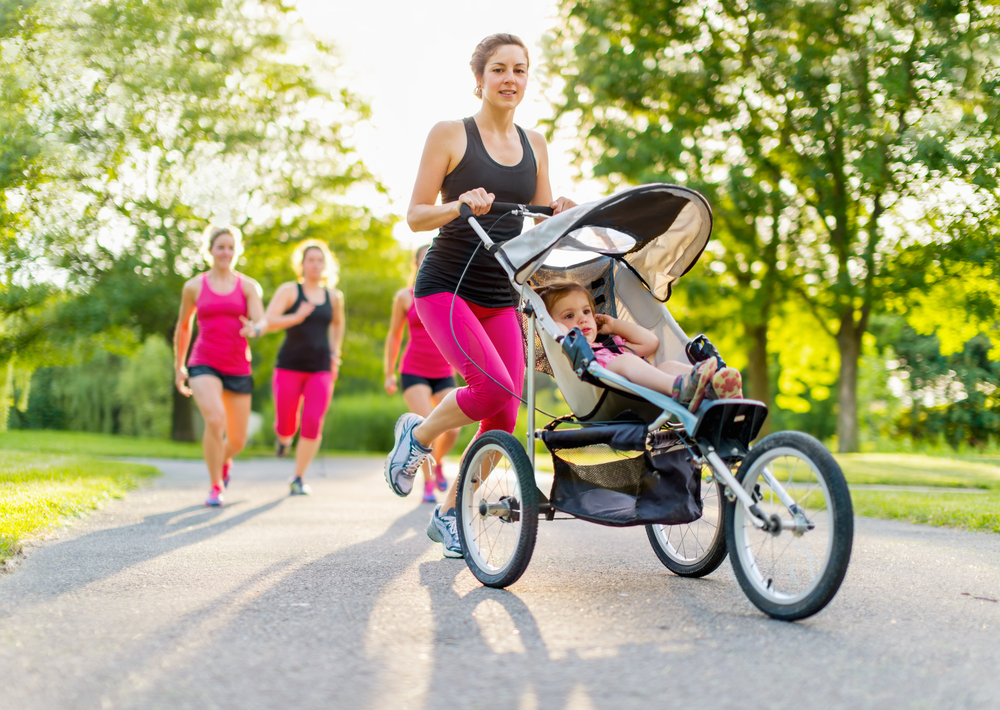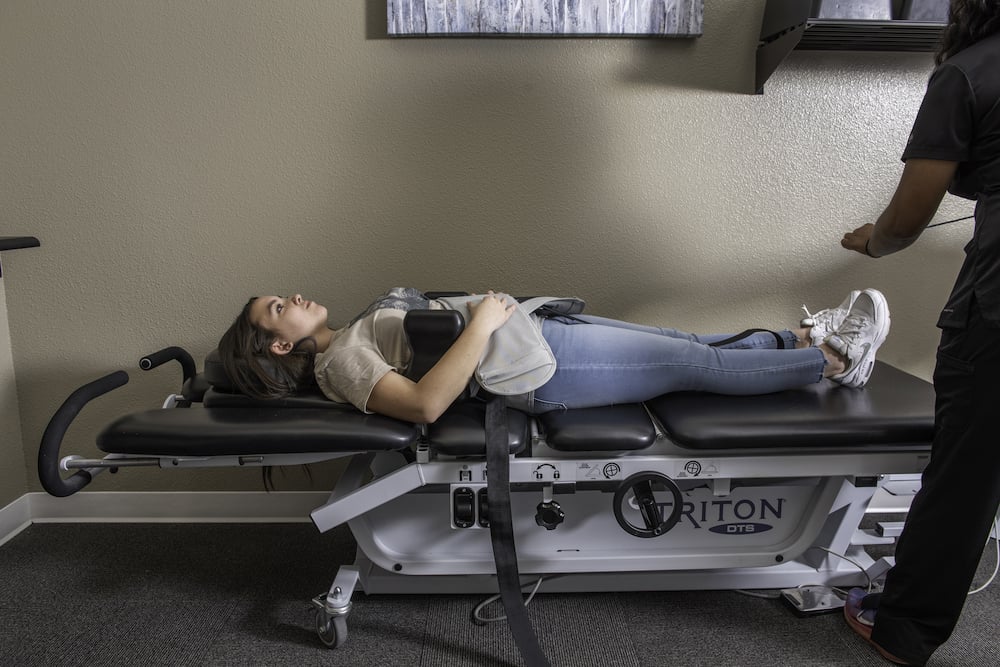Tips to Protect Your Joints
5 min read

Our joints are one of the most critical parts of our bodies, keeping us mobile and allowing us to move comfortably. Without healthy joints, we can feel pain and discomfort and may even become less active. Our body has different types of joints, which vary in movement and connection with our bones. Over time, the joints may experience signs of aging, but with proper care, you can protect your joints and reduce or prevent long-term damage.
What is the Purpose of Our Joints?
Simply put, it’s what makes us able to move and bend. The joint between two of our bones include cartilage to provide cushioning and to keep our bones from rubbing together. There are several different types of joints, all prone to injury or wear and tear.
For instance:
- A ball and socket joint allows for a greater range of movement and is present in our hips and shoulders.
- A hinge joint is located in our knee or elbow, and a gliding joint provides smooth movement with our bones, like in our ankles or wrists.
- Spinal joints make up the spinal column and help give us our ability to sit and stand upright. Additionally, the spinal joints allow the brain to send signals to our body through the spinal cord.
Joint Conditions that Lead to Pain
A joint condition can occur from injury, trauma, overuse, or simply getting older. Dislocated joints can occur from unexpected injuries and result in joint conditions. Many of these can be prevented with precautions and proper protection. Some of the more common joint conditions include:
Arthritis:
A painful condition that causes swelling and damage. There is often a feeling of being stiff or having difficulty with regular movements. There are several sub-categories of arthritis, but the most common is osteoarthritis. Osteoarthritis is often seen as the normal wear and tear of the body as we age. Its specific cause is due to the cartilage in the joint wearing out or becoming damaged.
Gout:
A diagnosis occurs when uric acid builds up in a joint, resulting in discomfort. Uric acid is a normal byproduct of the breakdown of certain types of foods (shellfish, alcohol, or liver) or breaking down DNA.
Bursitis:
The bursa is a fluid-filled sac that cushions our bones and joints. When too much fluid builds up, the joint becomes inflamed and tender.
Lupus:
An autoimmune condition that can contribute to muscle pain and joint concerns.
How to Protect Your Joints from Damage and Excessive Wear and Tear
Using proper lifting techniques and body position or body mechanics can help keep your joints healthy and mobile while avoiding injury. Taking care of your body is important and will result in a more active and pain-free lifestyle. Using the below tips can help improve the function of your joints and keep you feeling less stiff, as well as decrease the likelihood of having joint issues later in life.
Exercise and Keep it Moving
Frequent movement throughout the day helps to maintain mobility in our muscles, tendons, and ligaments. Ensuring that your range of motion is maximized can help to keep your joints moving freely as you age.
It can be difficult to think about exercising when your joints are already uncomfortable. However, aerobic exercise has even been shown to reduce joint swelling and even reduce joint pain. If you experience current joint issues, try to do low-impact exercises like walking or swimming. Even if you are often sitting in one place for a long time, try to frequently change positions to keep the blood flow going. Avoiding movement due to the immediate pain can result in increases in your pain and reduced mobility over time.
Focus on Your Core
Our stomach and core muscles contribute to how the rest of our body functions, including our posture and balance. If you are more off-balance, you are more likely to fall or put pressure on other areas of the body, such as your knees, if you happen to lean forward. Add core exercises to your routine or join a Pilates class. Don’t forget that your core isn’t solely your stomach. It also includes your chest and back.
Maintain a Healthy Weight
Excess weight puts extra strain on your joints and muscles. Every pound you lose of body weight takes FOUR pounds of pressure off your knees! Every little bit counts. When you move, body weight is distributed on joints throughout your body. Excess weight puts more pressure on our joints. Try making small changes for weight loss if needed, like drinking more water, adding more fruits and veggies to your diet, or going for walks.
Focus on Foods that Reduce Joint Pain
There are a variety of minerals and vitamins that can help your body reduce pain in your joints. While many people take supplements to incorporate these substances into their diets, you can also go directly to the source. Fish oil helps to fight joint pain by reducing inflammation. However, consuming fish as part of your normal diet can help boost these levels in your body. Additionally, cruciferous vegetables (such as broccoli, kale, and Brussels sprouts) can also help fight pain because they are full of antioxidants, fiber, and vitamins. Another source that you can use in your diet is incorporating specific spices. Ginger and turmeric can help reduce inflammation and joint pain. You can sprinkle these spices liberally into a variety of foods that you already eat.
Add Some Vitamins
While it’s best to get your vitamins and nutrition from foods like fruits and vegetables, supplements are a great way to give yourself a boost. Vitamin K, C, E, folic acid, and calcium are excellent options for joint health. Vitamin D is a great option, too, since it helps the body absorb calcium.
Choose Supportive Footwear
The type of shoes you regularly wear can affect the impact on your knees and other joints (such as the back and hips). Ideally, you want flexible shoes that are rounded or squared at the toe to avoid crunching your feet and throwing your balance off. You should be able to bend the shoe but not fold it. Additionally, shoes have a specific lifespan that affects their ability to provide cushion. Typically, running and walking shoes last for between 200 and 400 miles, or should be replaced every six months (whichever comes first). Over time, the padding in these shoes breaks down. Even if they feel fine when you put them on, their ability to protect your joints is reduced.
Joint Care and Relief
Taking care of your joints will help you be more mobile and allow you to feel more freedom in your movement. While the above steps can help with regular care, getting chiropractic care can also be beneficial. Chiropractors are specifically trained to help ensure that joints throughout your body are functioning properly. It can be helpful to visit a chiropractor when you first notice discomfort in your joints to reduce unnecessary pain or additional joint injury. However, even if you’ve been suffering for a long time from pain, a chiropractor may have the solution to help your joints return to pain-free function.
Some of the treatment Village Chiropractic uses to treat joint pain or arthritis includes cold laser therapy, decompression, massage therapy, and manipulation to provide relief and pressure on the joints. Our staff is compassionate and knowledgeable. If you have questions or would like to schedule an appointment, please contact us at 281-292-4777 or request an appointment online!





